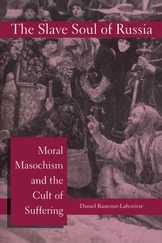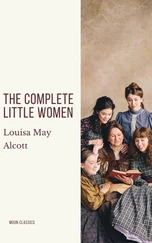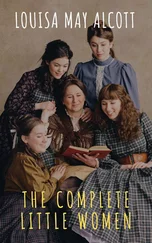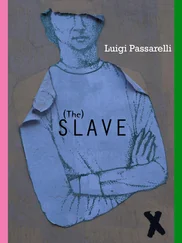In 1849 Ann Preston published COUSIN ANN’S STORIES FOR CHILDREN. Preston (1813-1872) was a Quaker activist and a doctor. In her chapter on Preston, “Invisible Writing I: Ann Preston Invents and Institution” in Out of the Dead House: Nineteenth-Century Women Physicians and the Writing of Medicine (2001), Susan Wells explained that Preston was thirty-eight when she graduated with the first class from the Woman’s Medical College of Pennsylvania in 1850, and later became a professor of physiology and Dean in this institution. She was a prolific writer, but many of her texts appeared anonymously. Preston did not challenge contemporary gender expectations but, as Wells wrote, she navigated within the traditional venues of a separate sphere for women “to construct a rhetoric which supported women physicians,” a strategy, “functional in protecting the new Woman’s Medical College, and costly, both personally and professionally” (13). As a young woman, she participated in the intellectual life of her community, and became secretary to its antislavery society.
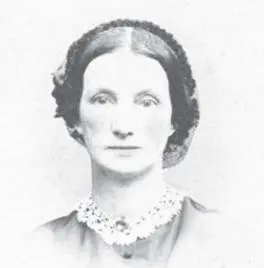
Her book of nursery rhymes and short stories for children, Cousin Ann’s Stories for Children , written under the pseudonym of “Cousin Ann,” illustrates her commitment to antislavery politics, and the virtues of temperance, social justice and Christian charity. In her address “To My Little Readers,” she explains that the inspiration of her book goes back to the times of her infancy and the contrast she perceives between the past and the present, and how she hopes her lessons might help her readers grow and become conscious adults: “I shall be pleased if you learn something good and pleasant from it. You will soon be men and women, and I want you to grow wiser and better every day.” Preston’s response to contemporary incidents related to slavery is shown in her text on Henry “Box” Brown, the Richmond slave who escaped north to Philadelphia and freedom, hidden inside a wooden crate at the end of March, 1849. Brown’s heroic feat was widely rewritten in newspapers, print satires, children’s books, abolitionist almanacs, history books, and pamphlets. The climax of his story was his emerging from the packing crate and the illustration for that moment became “one of the most widely disseminated pictures in the abolition publications of the 1850s, on both sides of the Atlantic, as well as the climactic image for the enormous panorama of oil paintings with which Brown toured the towns of Free North of America, and later Europe” according to Marcus Wood (2000: 103). Wood also noted that “the final proof of the extent to which Brown’s narrative was transferred into the currencies of popular culture lay in the rapidity with which he was absorbed into the children’s book market.” For Wood, the inclusion of the story in Cousin Ann’s Stories was “particularly ingenious, because of the way the plates marry it to a well-established didactic abolition trope” (2000: 113). Even though all versions present the method he used to escape, as Martha J. Cutter explained, “they vary as to what happened when Brown’s box was opened.” This is relevant since the explanations and illustrations accompanying this sensational denouement of the escape discover many of “the tensions within abolitionist visual culture concerning representations of enslaved subjectivity” (2017: 18).
The first full version of Brown’s story was written for an adult audience and it was titled Narrative of Henry Box Brown, Who Escaped from Slavery, Enclosed in a Box 3 Feet Long and 2 Wide: Written from a Statement of Facts Made by Himself; With Remarks Upon the Remedy for Slavery . It was published in September 1849, six months after Brown’s escape with the help of radical abolitionist Charles Stearns. As with many other texts written and published by abolitionists about slaves’ lives, the white voice writes the black voice into being, a process that was liable to factual and ideological manipulations. This biased understanding of the slave’s daring act is also shown in the visual material illustrating the moment in which Brown triumphantly breaks free from his crate imprisonment. As Cutter explained, this first account, unlike Preston’s retelling for children, does not include an image of Brown stepping out of his box, but “a drawing of Brown (the man) starts the text, and a drawing of the box ends it,” illustrations that make Brown “visually separated from the innovative mode of escape he deployed. Stearns’s Brown is told by God, ‘Go and get a box, and put yourself in it’—a command that Brown does not initially understand: ‘Get a box?’ … ‘What can this mean?’” Consequently, in this first version of the text, the fugitive Brown “lacks the imagination or intelligence to fashion the scheme himself” (2017: 198).

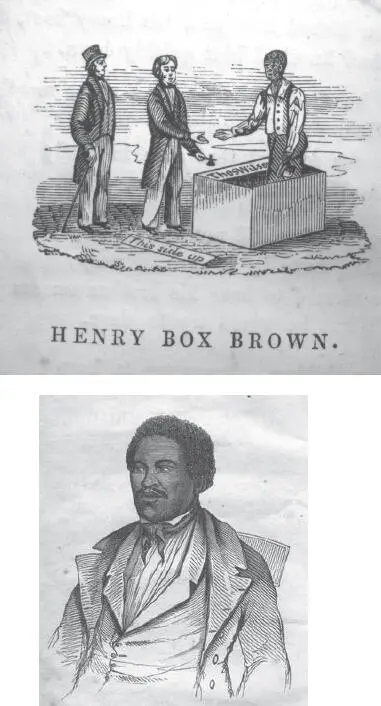
Conversely, as Cutter remarks, Ann Preston’s text “grants Brown a degree of control over his famous exit from the box”: “Quickly the top of the box was knocked off, and Henry stood up. He shook hands with his new friend, and he was so happy that he hardly knew what to do. After he had bathed himself and ate breakfast, he sang a hymn of praise, which he had kept in his mind to sing if he should ever get to a land of freedom in safety.” Preston’s book was published by James Miller McKim, who helped Brown escape and who was present when the fugitive stepped out of the box. Preston, Cutter writes, sees Brown as heroic—“We call people heroes who do something that is brave and great, and Henry is a hero”—, an estimation reinforced by this first visual representation of this crucial moment. In this image, readers could see Brown standing and shaking the hand of the white man who has presumably opened the box with the axe he holds in his hand. Next to this individual stands another white man, near one half of the top of the box with the letters “This side up.” The other half bears the letters “Thomas Wilson,” a false name to protect the real identity of the recipient, who is the man who welcomes Henry Brown. For Elizabeth Freeman, the picture is controversial since, “though the whitened hand is probably intended to indicate that Brown is holding his palm outward, it has the effect of suggesting that liberation occurs on white people’s terms or ‘whitens’ Brown, while the submersion of Brown’s lower third in the box suggests that he is not yet fully free” (72). Cutter, however, reads the image from a different angle and states that it “endeavors to create visual structures of parity and equality between Brown and the white men who open his box: Brown stands tall and straight; he looks at the white man and holds out his hand; he is similar in size to the other figures. Most of his body is above the perspective line of the illustration, so a viewer would tend to look straight at him rather than casting a downward glance.” Given the fact that the image is presented before the text, Cutter believes that the picture “would tend to become a focalizing presence and dovetail with the point Preston makes at the text’s end about Brown’s heroism” (2017: 198).
Thus, in her “Henry Box Brown” Preston pays a double homage. Firstly to the white abolitionists who defied the law to help a fugitive slave, and secondly, and most important, to the courage and audacity of Henry Brown, the slave who risked his life to escape from slavery.
Читать дальше




